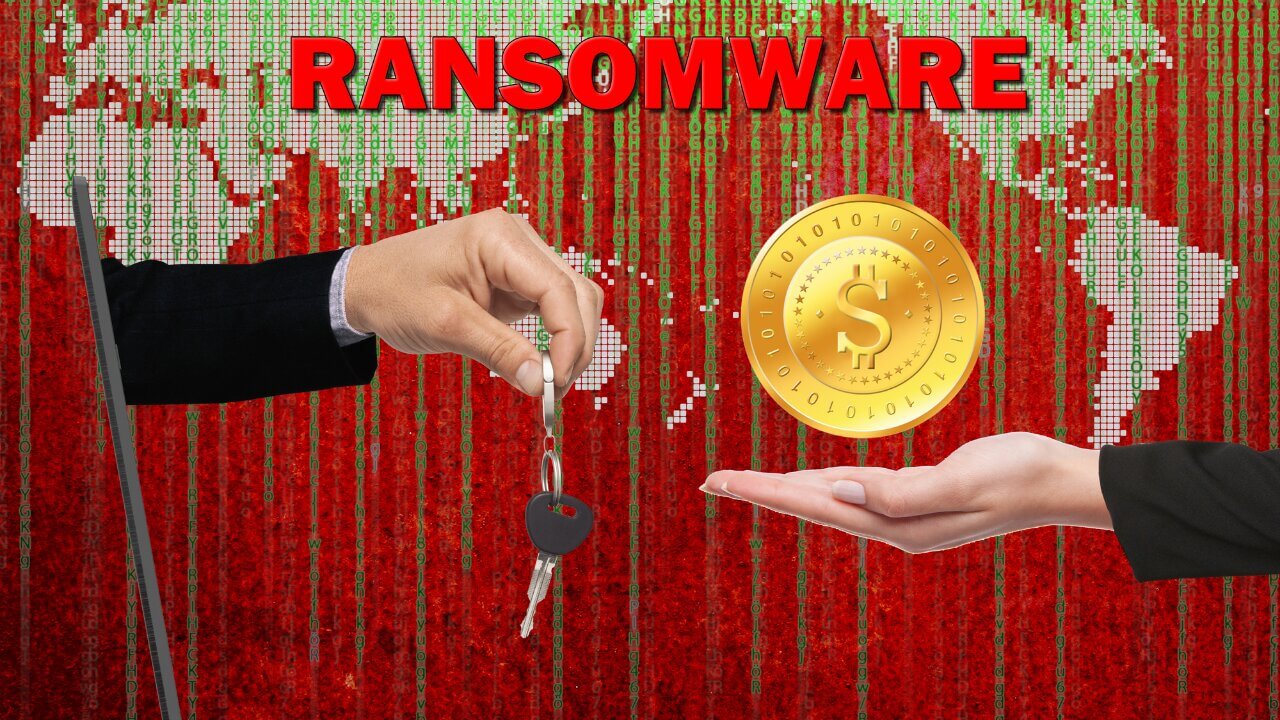Ransomware is one of the fastest-growing cyber-crimes in the world. Last year, 37% of businesses were victims of an attack.
In case you didn’t know, a ransomware attack is where cybercriminals infiltrate your network (or device) and steal or hold your data hostage by encrypting it. The data is still there, but you can’t access it.
Then they demand you pay a hefty ransom fee for access to the encryption key and if you don’t pay the demand (which can be tens or even hundreds of thousands of dollars), they will threaten to delete your data.
Unfortunately, it’s not just the cost of the ransom fee that you have to worry about; there’s the stress, reputational damage, and downtime that comes with this cyber threat. For example, in 2021, the average downtime suffered after a ransomware attack was 22 days!
Official advice is not to pay any demands. However, a new survey has shown that a massive 97% of business leaders who’ve experienced a ransomware attack in the past would pay up quickly if they were attacked again.
A third of them wouldn’t even consider other alternatives and would pay instantly.
That says a lot about what a nightmare this whole thing is for any business.
The problem is, that even when you pay a ransomware demand, there’s no guarantee that you’ll get your data back. Experience shows that, on average, only 65% of data is restored once a fee has been paid.
Something else that you should consider when faced with the decision is that payment does not guarantee that you won’t ever meet with further extortion. By letting cyber criminals know that your business pays ransom fees, you’re much more likely to face subsequent attacks in the future.
So, what’s the best way to deal with ransomware?
First, you should put proper security measures in place to try to prevent an attack:
- Educate your people on cyber security and best practices,
- Implement multi-factor authentication across all your applications,
- Use a password manager,
- Make sure all updates are installed as soon as possible, and
- ALWAYS have a working backup in place – ideally, one that is held offsite and where older data is retained and cannot be changed.
In addition, you need to implement a response and recovery plan that details what you will do in the event of a ransomware attack.
This will not only allow your business to respond faster, but it can also greatly reduce the amount of downtime you’ll suffer as you’ve considered, in advance, precisely what needs to happen and how you plan to respond.
Need help preparing for a cyber attack? Give us a call at (845) 237-2117. No strings, no obligations, just 15 minutes of your time.

